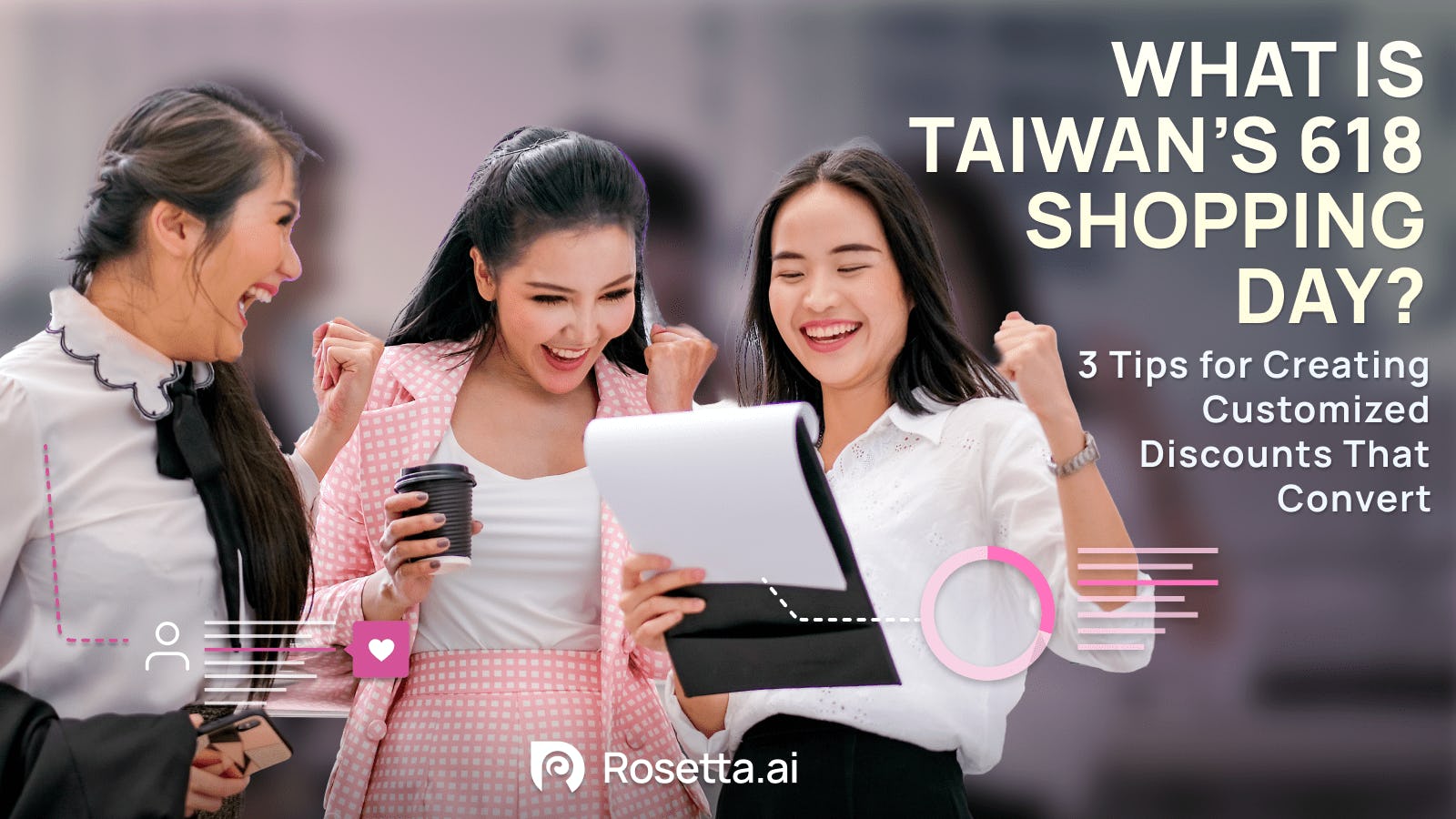What is Interactive Marketing?
Interactive Marketing is a strategy that focuses on creating two-way communication channels by observing customer behavior and preferences, aiming to increase interaction between brands and customers. There are various ways to achieve interaction, such as website content design, social media, apps, or games. The goal is to provide content that caters to different customer needs and encourages active participation and engagement with the brand. This allows the brand to better understand customer needs and preferences, present products or content that customers want to see, and provide personalized experiences and services.
What are the Strategies for Interactive Marketing? Three Techniques to Effectively Reduce Bounce Rate
There are numerous marketing approaches, but brands need to engage in two-way interactions with customers, encouraging them to actively participate. Here are three techniques that can boost customer engagement and effectively reduce bounce rates:
(1) Aligning with Current Events, Festivals, or Trends and Utilizing Popular Colors and Materials
Brands can leverage different festival themes such as Chinese New Year, Mother's Day, 618 Shopping Festival, Christmas, etc., to go beyond regular discounts and create innovative campaigns to attract consumers' attention and participation within specific contexts. This helps generate discussion and fosters stronger connections with customers.
For fashion-oriented e-commerce, staying updated on annual trending colors and materials can be beneficial when recommending products that consumers are interested in purchasing. By analyzing popular choices and combining them with data insights, such as clicks, purchases, and views, the e-commerce platform can curate a personalized "Top 10 Trending Products" list.
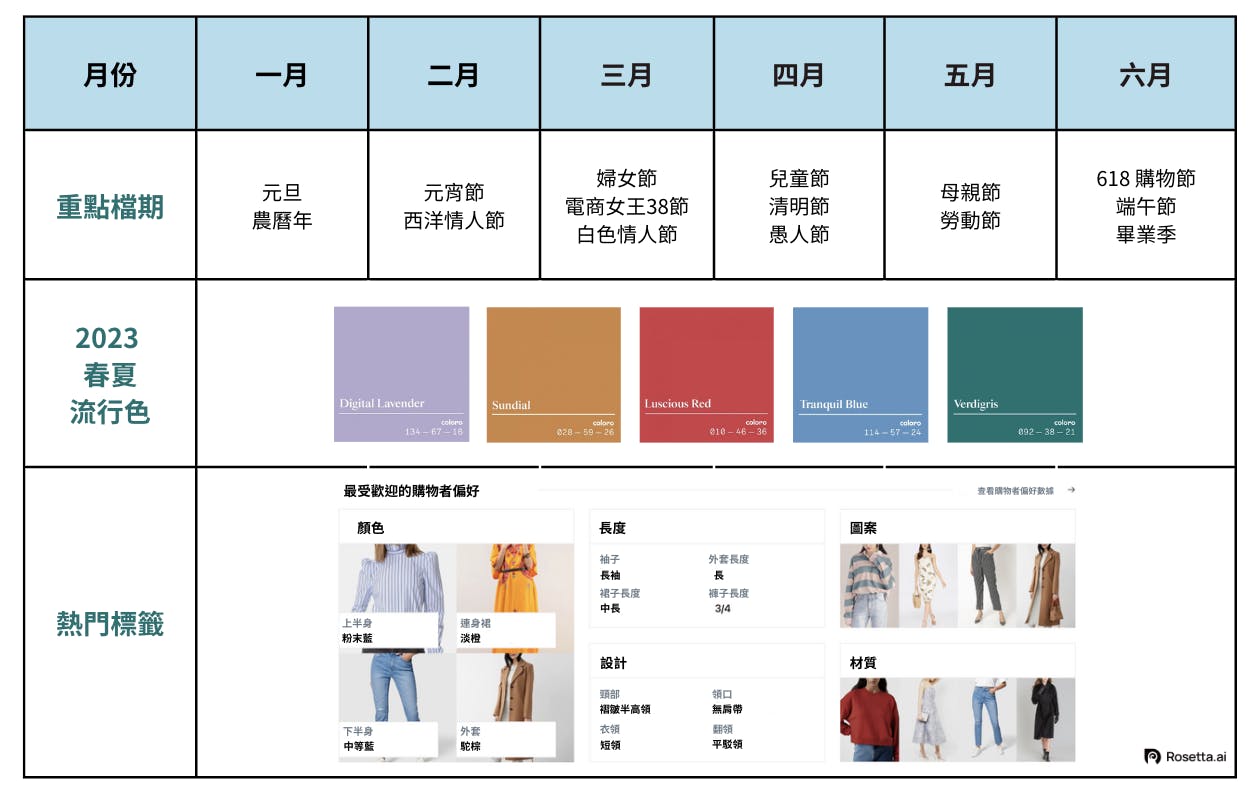
For example, during the 618 Shopping Festival in June, e-commerce businesses can refer to the latest popular colors and product characteristics to streamline their product development process.
(2) Creating Personalized Content to Boost Interaction Rates
Personalized marketing is a crucial skill in today's e-commerce era. Providing customers with personalized experiences on your e-commerce website will set you apart in a competitive market.
Generic product displays and recommendations no longer meet customers' preferences and demands. In the era of personalization, tailoring content to individual customers' interests and preferences becomes more compelling and attention-grabbing. By utilizing AI to detect consumer behavior and preferences, recommendations can be presented in various formats, such as product collages, banners, and images. Coupled with festivals, events, and trending topics (as mentioned in the first point), this creates an exciting browsing experience for customers, akin to visiting an art exhibition or flipping through a fashion magazine. This allows them to enjoy shopping while indulging in a visual feast.
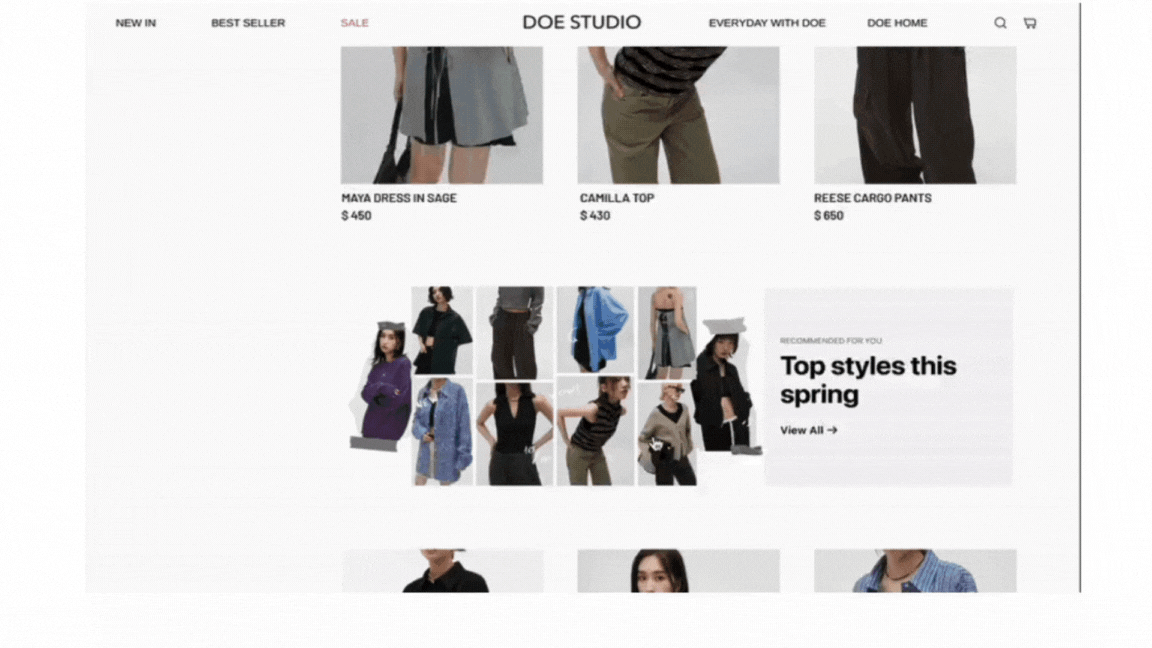
(3) Integrating Online and Offline Interactions to Enhance Customer Loyalty
In the post-pandemic era, it is no longer the sole objective of e-commerce to direct customers from online to physical stores. Research shows that 30% of people make purchasing decisions based on their website shopping experiences, and 47% of consumers make more purchases due to positive online interactions. Thus, customer-centric approaches and maintaining good interactions with them are key.
Brands need to possess firsthand data insights and consumer preference analyses to provide customers with a seamless shopping experience across multiple channels, known as the New Retail or OMO (Online Merge Offline) trend. This approach helps enhance customer loyalty.
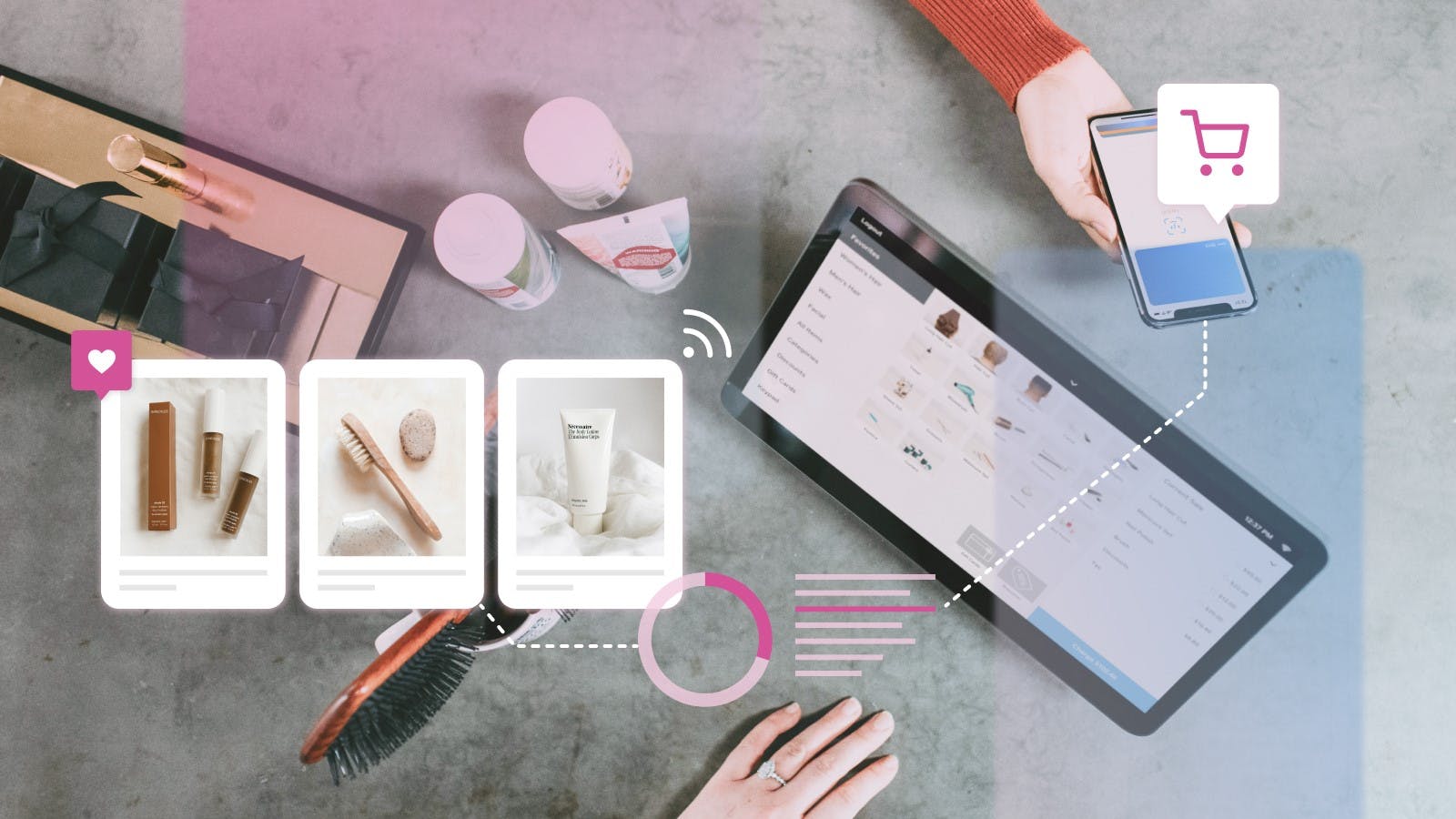
Advantages of Interactive Marketing
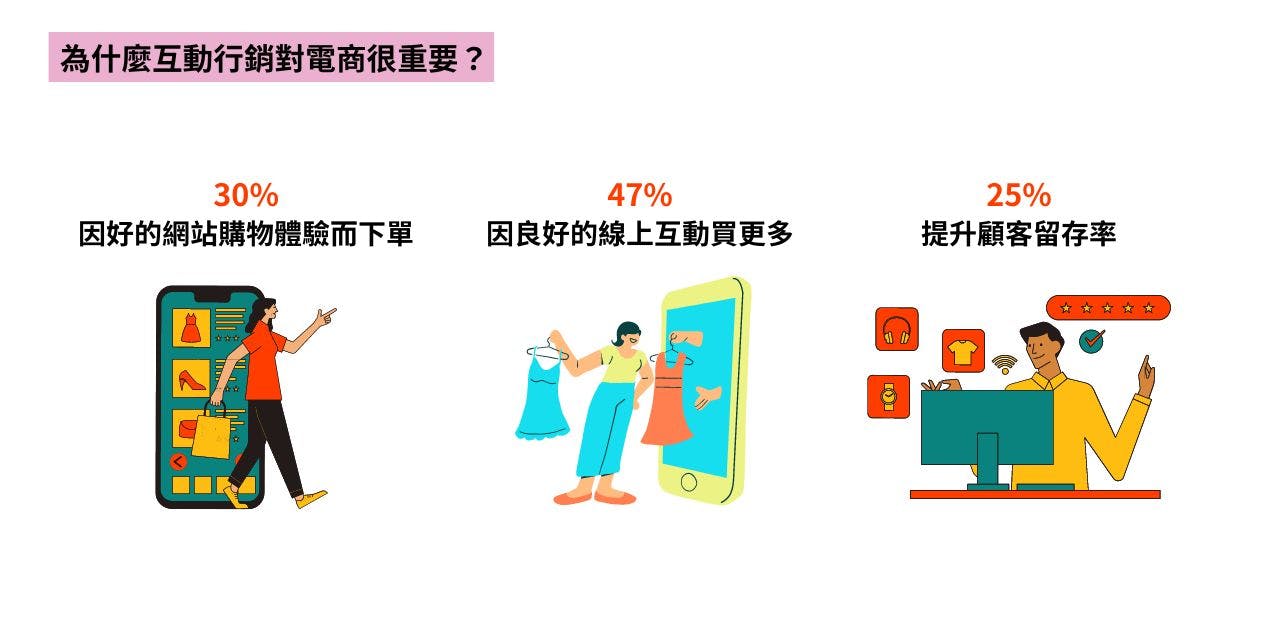
(1) Attracts Attention and Deepens Brand Impression
Interactive marketing captivates customers with content and products they like, increasing the likelihood of them spending more time on the website. By presenting content in a fashion magazine-like format and sending relevant promotional messages, such as participating in online games to receive discounts, brands can enhance the appeal of marketing activities, making potential users more willing to engage and leave a lasting impression.
(2) Maintains Freshness and Encourages Customer Retention
Personalized content ensures that each customer sees a unique product display upon each visit, tailored to their preferences and purchase history. By constantly adapting to customers' preferences through preference analysis, brands can keep existing customers engaged and coming back for more, significantly increasing customer retention and repeat purchases.
(3) Stabilizes Website Traffic and Reduces Bounce Rate
As website traffic becomes increasingly valuable, keeping visitors engaged is crucial. Studies show that the average bounce rates for the fashion industry range from 60-70%, 50-60% for beauty, and 50-60% for footwear and accessories. By engaging customers with interactive marketing and personalized content, bounce rates can be reduced, leading to improved search engine rankings.
(1) Attracts Attention and Deepens Brand Impression
Interactive marketing captivates customers with content and products they like, increasing the likelihood of them spending more time on the website. By presenting content in a fashion magazine-like format and sending relevant promotional messages, such as participating in online games to receive discounts, brands can enhance the appeal of marketing activities, making potential users more willing to engage and leave a lasting impression.
(2) Maintains Freshness and Encourages Customer Retention
Personalized content ensures that each customer sees a unique product display upon each visit, tailored to their preferences and purchase history. By constantly adapting to customers' preferences through preference analysis, brands can keep existing customers engaged and coming back for more, significantly increasing customer retention and repeat purchases.
(3) Stabilizes Website Traffic and Reduces Bounce Rate
As website traffic becomes increasingly valuable, keeping visitors engaged is crucial. Studies show that the average bounce rates for the fashion industry range from 60-70%, 50-60% for beauty, and 50-60% for footwear and accessories. By engaging customers with interactive marketing and personalized content, bounce rates can be reduced, leading to improved search engine rankings.
Conclusion
The wave of "Interactive Marketing" has arrived, and two-way communication and interaction with customers have become a prevailing trend. Utilizing data insights to create personalized product recommendations piques customers' interest. However, this alone may not convert consumers into buyers. By transforming recommendations into a fashion catalog and designing different styles, combined with festivals, events, and visual elements such as images and banners, e-commerce can increase customer engagement and sales, accurately meeting customer preferences and needs.
Rosetta AI protects precious website traffic and reduces bounce rates by over 50%!
Start a 30-day free trial of the Rosetta AI personalized recommendation platform today. Whether you are an e-commerce owner or a marketer, you can easily set up advanced and fashionable personalized recommendation sections without any programming knowledge, improving conversion rates and customer average order value!
Want to try the advanced recommendation feature and become a fashion focus among your competitors?
Click the link to start your free trial now >>> https://rosetta.pse.is/52qze8









